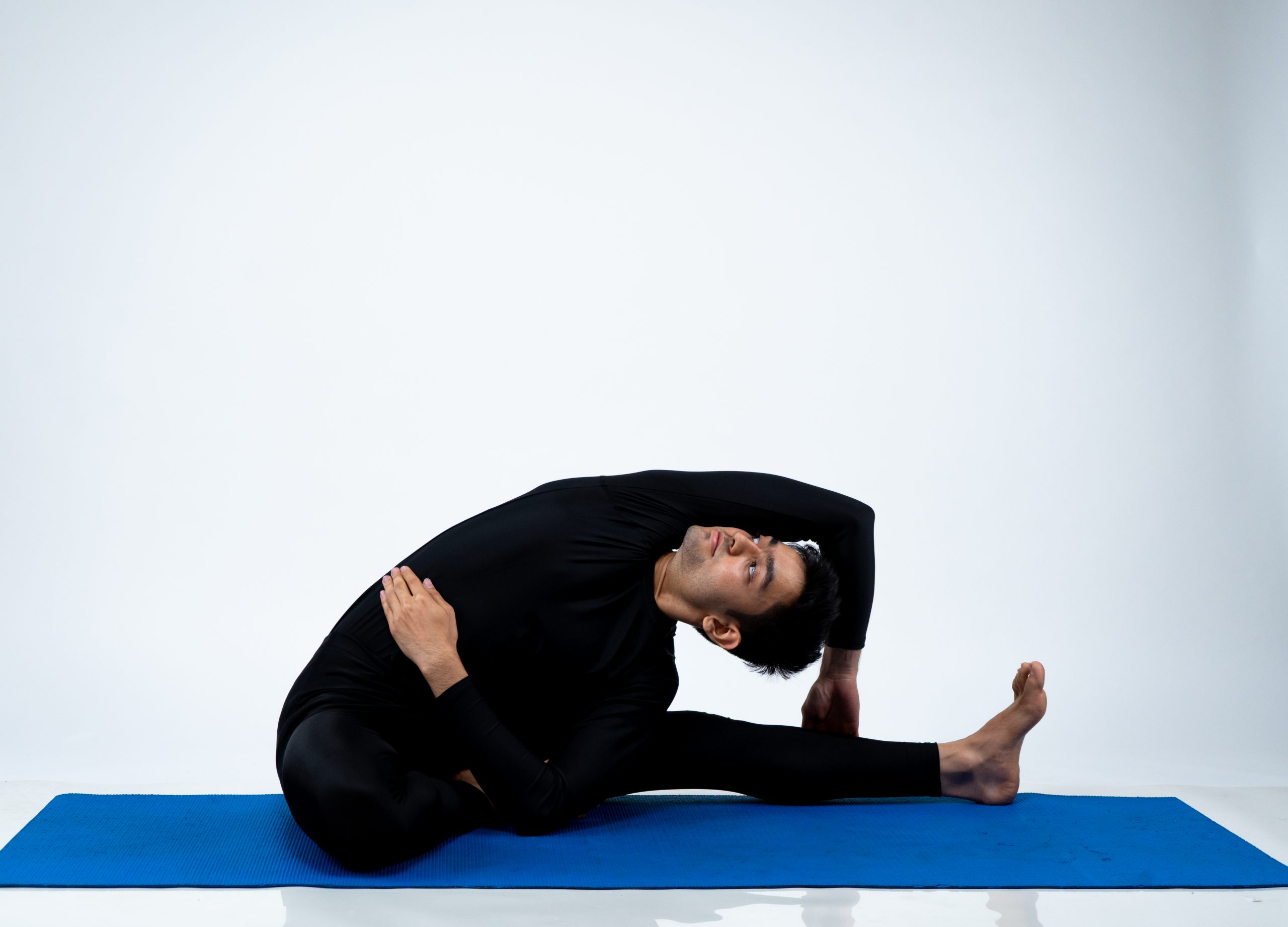
Have you ever felt stiff after a long day at work or a tough workout? Do you struggle with maintaining flexibility and mobility as you age? If so, you’re not alone. Many people overlook the importance of stretching in their fitness routine, but it can make a world of difference in how you feel and perform. In this article, we’ll explore the benefits of stretching and how it can help you flex your way to fitness. Whether you’re a seasoned athlete or just starting out on your fitness journey, stretching is a crucial component that shouldn’t be overlooked. So, grab your mat and let’s dive in!
1. “Unleashing the Power of Flexibility: The Ultimate Guide to Stretching for Fitness”
Stretching is an essential part of any fitness routine, regardless of your age or fitness level. It helps improve flexibility, range of motion, and reduces the risk of injury during exercise. But did you know that stretching can also help reduce stress and improve posture? In this ultimate guide to stretching for fitness, we’ll explore the power of flexibility and how to incorporate stretching into your daily routine.
To get the most out of your stretching routine, it’s important to understand the different types of stretches and when to use them. Static stretching involves holding a position for a period of time, while dynamic stretching involves moving through a range of motion. PNF (Proprioceptive Neuromuscular Facilitation) stretching is a more advanced technique that involves contracting and relaxing muscles to improve flexibility. By incorporating a combination of these stretching techniques into your routine, you can increase your flexibility and reduce the risk of injury during exercise.
Here are some tips to help you get started with stretching for fitness:
- Start with a warm-up: Before you begin stretching, it’s important to warm up your muscles with some light cardio or dynamic stretching.
- Stretch regularly: To see the benefits of stretching, it’s important to make it a regular part of your routine. Aim to stretch at least 2-3 times per week.
- Focus on major muscle groups: When stretching, focus on major muscle groups such as your hamstrings, quads, and back.
- Hold each stretch for 15-30 seconds: To improve flexibility, hold each stretch for at least 15-30 seconds.
- Breathe deeply: As you stretch, take deep breaths to help relax your muscles and increase flexibility.
By incorporating these tips into your stretching routine, you can unleash the power of flexibility and improve your overall fitness and well-being.
2. “Stretching Your Limits: The Surprising Benefits of Flexibility Training”
Flexibility training is often overlooked in fitness routines, but it can have surprising benefits for both physical and mental health. Here are some of the ways that stretching your limits can improve your well-being:
- Reduced risk of injury: Flexibility training can help improve your range of motion and prevent muscle strains and tears during physical activity.
- Improved posture: Tight muscles can pull your body out of alignment, leading to poor posture and even chronic pain. Regular stretching can help correct these imbalances and improve your overall posture.
- Increased relaxation: Stretching can help release tension in your muscles and promote relaxation. This can be particularly beneficial for people who carry stress in their bodies.
But the benefits of flexibility training don’t stop there. Research has also shown that stretching can have a positive impact on mental health, including reducing anxiety and depression symptoms. Here are some other ways that stretching can benefit your mind:
- Improved focus: Stretching can help increase blood flow to the brain, which can improve cognitive function and focus.
- Reduced stress: Stretching can help activate the parasympathetic nervous system, which can help reduce stress levels and promote relaxation.
- Increased mindfulness: Stretching can be a meditative practice, allowing you to focus on your body and breath and cultivate a sense of mindfulness and presence.
3. “Bend, Don’t Break: How Stretching Can Help You Achieve Your Fitness Goals
Stretching is a crucial component of any fitness routine, yet it is often overlooked. Incorporating stretches into your workout regimen can help you achieve your fitness goals by improving your flexibility, range of motion, and overall performance. Here are some ways stretching can benefit your body:
- Reduces the risk of injury: Stretching before and after a workout can help prevent injuries by loosening up your muscles and increasing blood flow to the area. It also helps to reduce muscle soreness and stiffness after a workout.
- Improves posture: Poor posture can lead to a variety of health problems, including back pain, headaches, and fatigue. Stretching can help improve your posture by lengthening tight muscles and strengthening weak ones.
- Increases flexibility: Stretching regularly can help improve your flexibility, which is important for performing exercises with proper form and preventing muscle imbalances.
Remember to take your time when stretching and never force your body into a position that feels uncomfortable. With consistent stretching, you will notice improvements in your overall fitness and performance. As we wrap up our discussion on the benefits of stretching, we hope that you’ve gained a newfound appreciation for this simple yet powerful exercise. Whether you’re an athlete looking to improve your performance, or simply seeking to improve your overall health and well-being, incorporating stretching into your daily routine can make a world of difference. So go ahead, flex your way to fitness and experience the many benefits that stretching has to offer. Your body will thank you for it!
